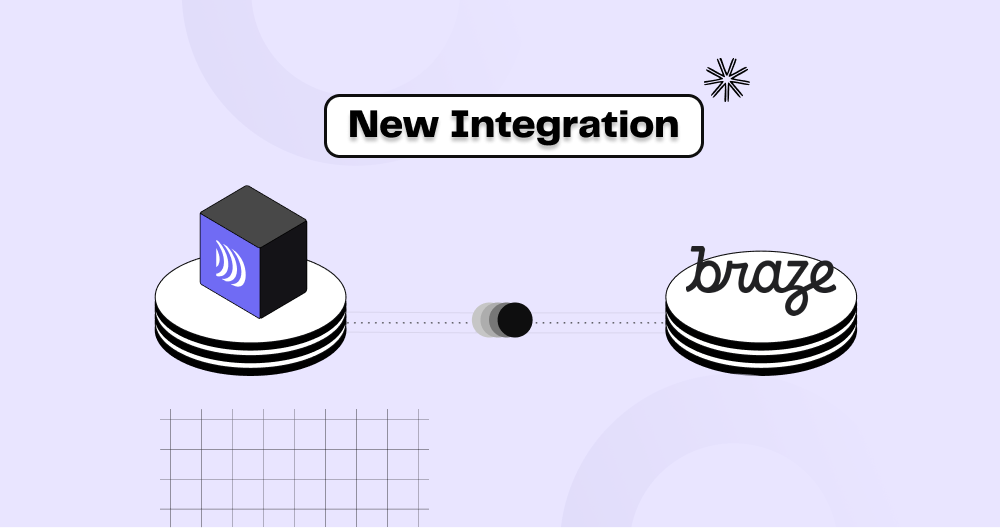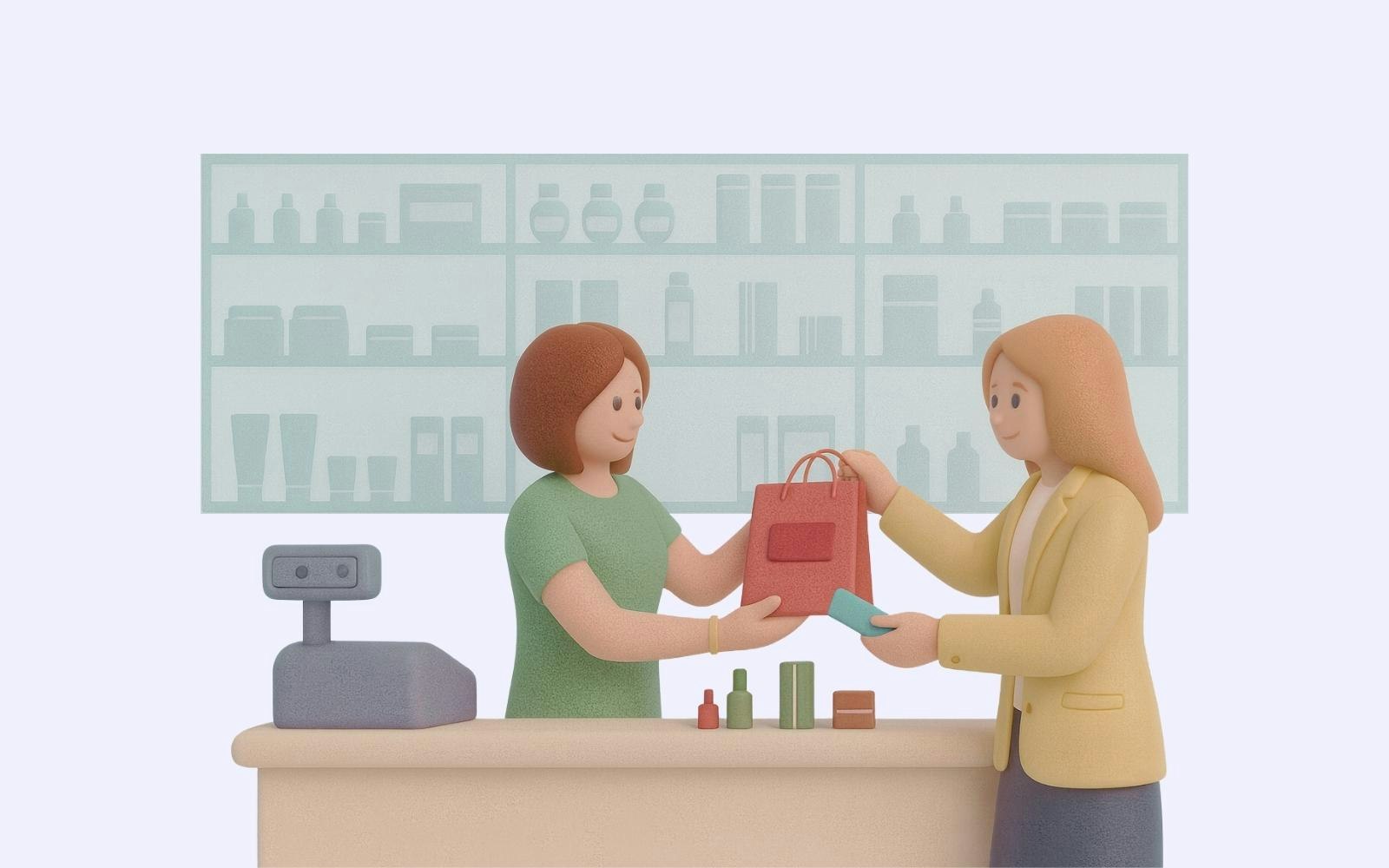
Clienteling: How data is reinventing customer relationships
6min • Last updated on Oct 30, 2025

Olivier Renard
Content & SEO Manager
By 2027, nearly 70% of retail sales will be influenced by digital, up from 58% in 2023 (Forrester). In the luxury sector, that figure already reaches 80% (McKinsey).
As customer journeys become increasingly digital, brands aim to deliver the same level of personalisation in-store as online. The goal is to enhance customer satisfaction, build loyalty, and drive sales.
Key Takeaways:
Clienteling is about building long-term, personalised relationships between a brand and each customer by understanding their expectations better.
It relies on the collection and analysis of data from purchases and interactions with each consumer.
Modern tools connect CRM, e-commerce, and physical stores to ensure a seamless experience and boost retention.
By unifying data within the data warehouse, a composable CDP makes it possible to implement omnichannel, real-time clienteling.
🔎 What is clienteling and how does it transform customer relationships into tailored experiences? Discover how this approach leverages data to reshape sales and reinforce loyalty. 📈
What is clienteling ?
Clienteling is a personalised and continuous customer relationship strategy based on an in-depth understanding of behaviours and preferences.
It originates from retail and luxury sectors, where sales associates knew each client by heart — their tastes, sizes, and shopping habits.
Over time, this craft-based approach evolved into a data-driven strategy. Notebooks were replaced with digital tools. CRM systems, mobile apps, and in-store tablets now allow brands to centralise and scale customer data usage.
Modern clienteling aims to replicate the quality of interaction with your favourite sales associate, while using data to scale this across the business.
Objectives of clienteling
The main goal of clienteling is to offer a seamless and personalised experience across all touchpoints (store, e-commerce, customer service, or social media). By linking every interaction, brands can anticipate needs, make relevant suggestions, and foster long-term loyalty.
It also helps increase customer lifetime value (CLV) and provides sales teams with real-time, actionable insights. Every associate can then offer tailored support and adapt their recommendations for each customer.
💡 A few examples:
In-store, a sales associate suggests a complementary service based on previous purchases.
During a product launch, a brand sends VIP clients a notification inviting them to an exclusive event.
On a digital channel, an associate recognises a customer via their interaction history and adjusts the conversation instantly.
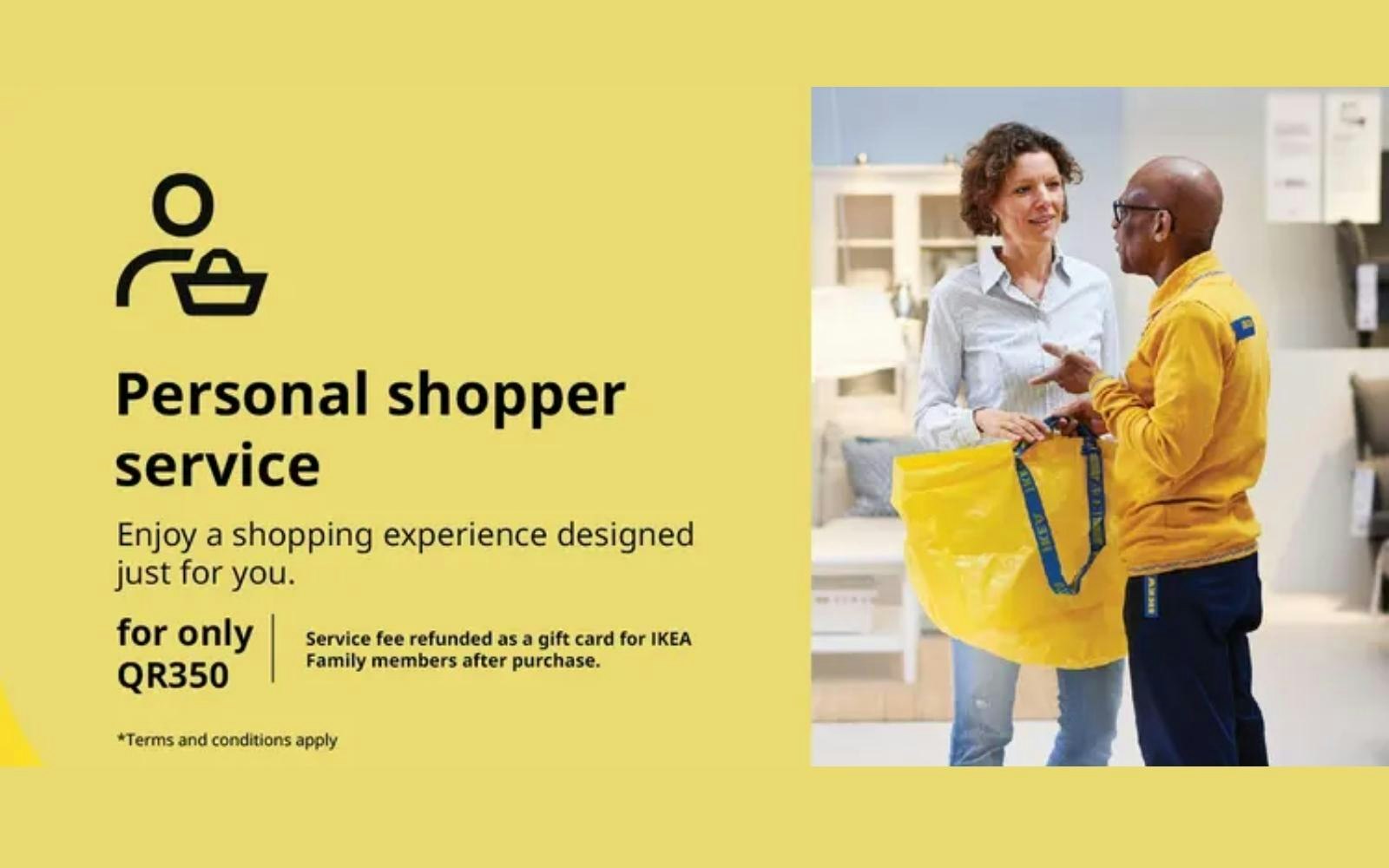
IKEA is among the brands leading the way in personalised customer service (Credit: IKEA)
What are the benefits for businesses?
According to McKinsey, personalisation can lead to 10–15% more revenue on average. It is also a powerful lever for retention.
Key benefits of clienteling:
Improved satisfaction and loyalty: Interactions are more relevant, reinforcing trust. Customers return more frequently and spend more.
Higher average basket size and cross-selling: Associates recommend products or services suited to each profile, identifying cross-sell and upsell opportunities.
Less reliance on paid advertising: Loyalty is more cost-effective than acquisition. A happy customer is also more likely to recommend the brand.
Empowered store teams: Associates have tools to anticipate needs and take real-time action.
Seamless omnichannel experience: Unified data ensures continuity across digital and physical touchpoints.
Pioneering brands
Some retailers have embraced a truly customer-centric strategy.
Nike has reimagined its entire experience around this concept, offering personalised journeys via its app and ‘House of Innovation’ stores. With Nike By You, every customer can create their own products — from colour to materials.
Sephora integrates CRM, e-commerce, and in-store digital tools to deliver a frictionless experience. Its Beauty Insider loyalty programme provides advisors with insights into purchases, preferences, and product testing history.
Whether online or in-store, customers experience the same journey, tailored to their profile. For these brands, personalisation is no longer a luxury but a performance driver.
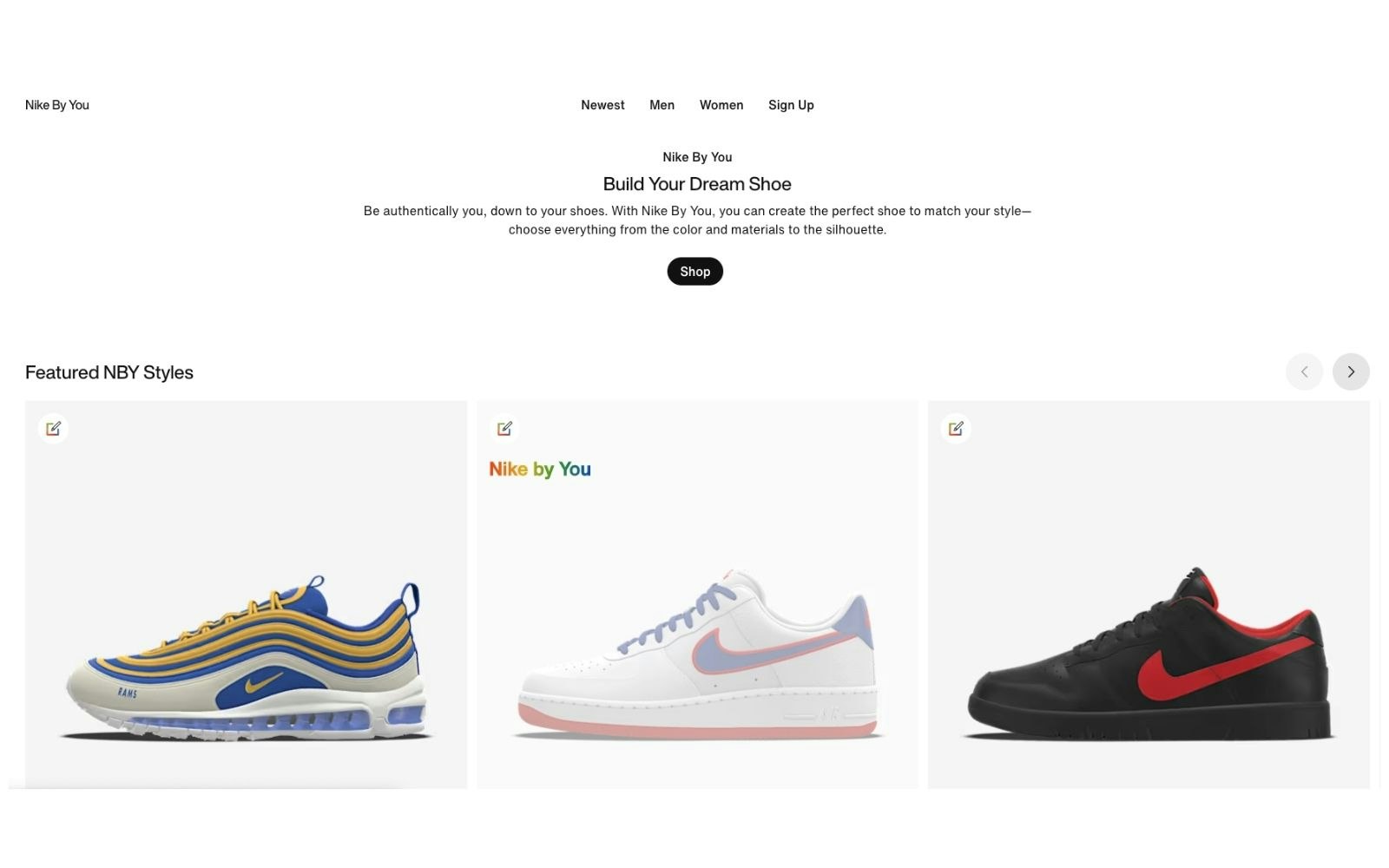
Customising your shoes with Nike By You (Credit: Nike)
Clienteling and data
The importance of unified data
Clienteling requires a deep and complete understanding of customers. However, in many companies, data is still fragmented across systems.
The CRM logs interactions but doesn’t capture the entire customer journey. Solutions like Salesfloor, Red Ant, or Newstore rely on unified data to deliver truly personalised experiences at every stage.
Sales associates can access a full view of each customer: online purchases, in-store visits, product preferences, and past support interactions. This omnichannel perspective allows them to instantly adjust their messaging and recommendations.
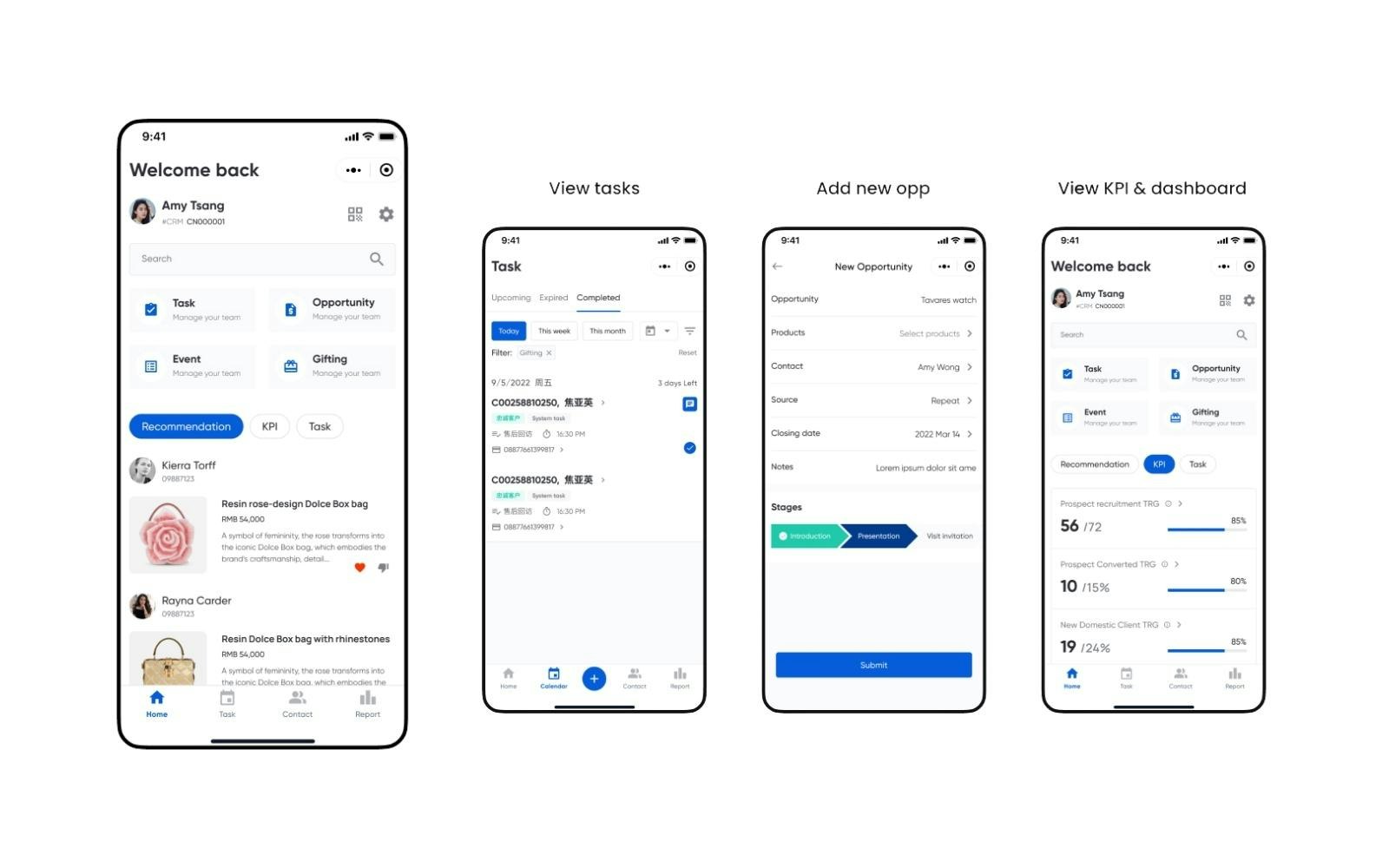
Clienteling app (Credit: Xgate)
The role of a Customer Data Platform (CDP)
A Customer Data Platform enables clienteling at scale. It allows brands to create a 360° customer view by unifying data across all channels.
The CDP plays a dual role: centralising customer information and making it actionable in real time.
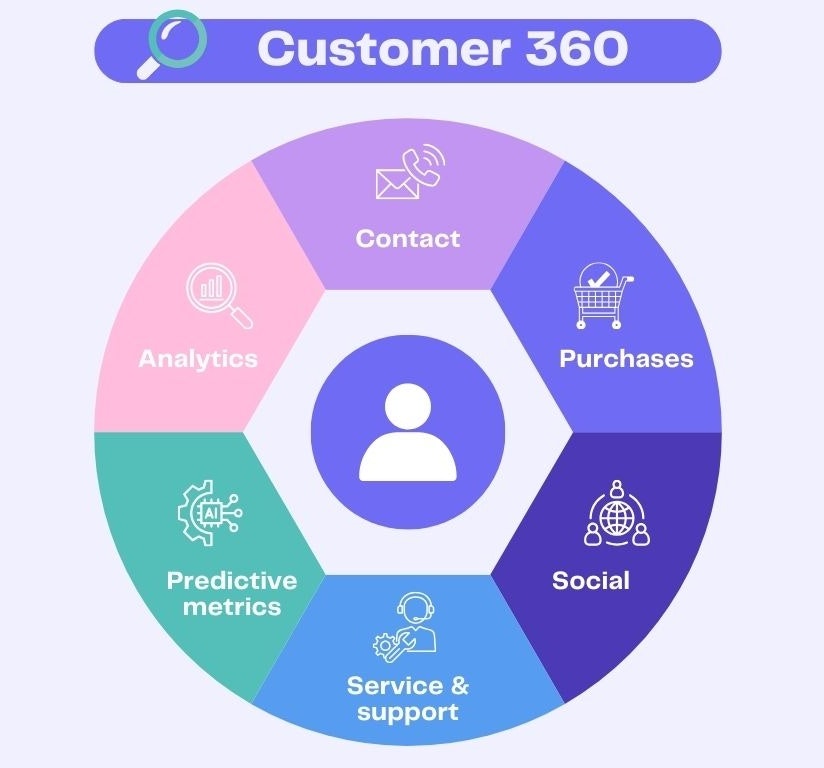
Customer 360
Clienteling puts this strategy into action: teams use data from the CDP to deliver a tailored, consistent, and contextualised experience.
Why a composable CDP changes the game
With a composable CDP, data stays exactly where it already is: in the company’s data warehouse. There’s no duplication or predefined model—the activations align with your BI setup and run directly from this single source of truth.
This warehouse-native approach brings several advantages:
Your warehouse acts as the single source of truth.
Dynamic segmentation: audiences update in real time.
Instant activation across marketing channels, in-store systems, or CRM tools.
Ease of use, thanks to a no-code interface designed for business teams.
💡 DinMo enables brands to implement a clienteling strategy based on their first-party data. Marketing teams can build and activate segments directly from the data warehouse, without technical dependency.
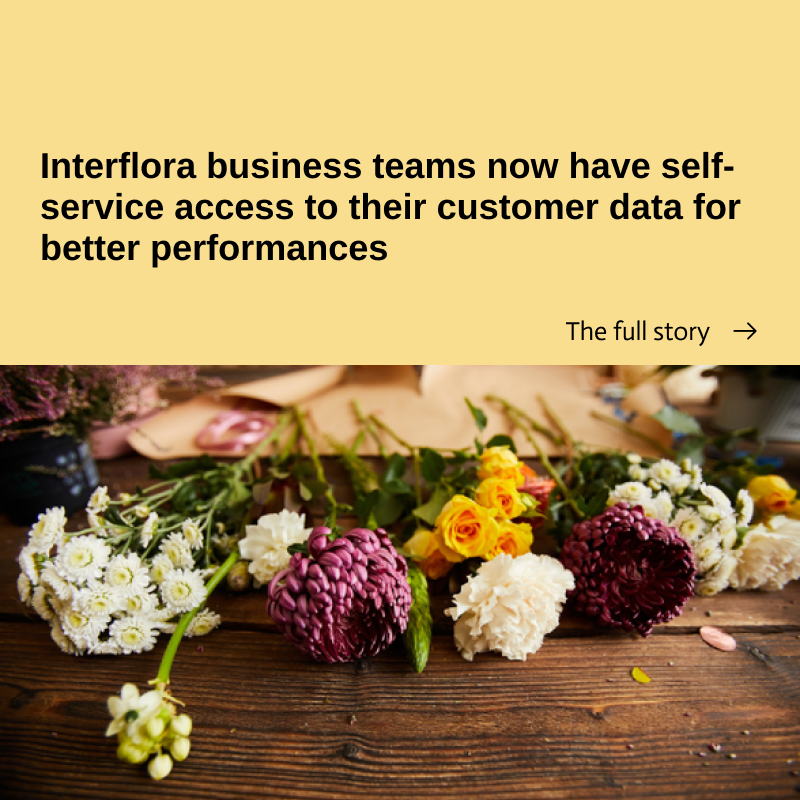
The CDP for omnichannel performance
The keys to a successful strategy
Effective clienteling goes far beyond handing sales associates a tablet. It’s a transformation initiative that puts customer-centricity at the heart of every decision.
Best practices:
Consolidated and consistent data: All customer info should be centralised and secured. This unified view enables real-time insights: recent purchase, wishlist, preferences, etc.
Reliable and secure infrastructure: The data warehouse and CDP ensure data quality and availability for both sales and marketing teams.
Sales-friendly tools: Mobile apps, tablets, and clienteling software give in-store teams a complete view of each customer. Proper training is essential to ensure effective use.
Relevant personalised scenarios: Success relies on the ability to trigger the right message at the right time (product recommendations, event invites, post-purchase follow-ups). Every interaction must reinforce trust.
Clear KPIs to measure impact: A successful clienteling programme is measured by customer satisfaction and value generated (retention rate, average basket size, repeat purchase rate, CLV…)
Challenges to overcome
Ensuring data quality and governance: Incomplete or outdated data undermines personalisation.
Fostering collaboration between marketing, data, and sales: Clienteling requires full alignment between teams.
Supporting advisors in adopting digital tools.
Respecting current regulations: Compliance with GDPR, CCPA, etc., is essential to maintain customer trust.
Conclusion
Often associated with retail and luxury brands, clienteling is becoming a cornerstone of personalisation across all sectors. The key challenge remains the same: putting human relationships at the heart of the customer experience, while leveraging data to do so at scale.
A successful clienteling strategy is built on both reliable data and teams capable of using it effectively. Technology doesn’t replace the human touch: it enhances it and makes it more relevant.
Companies that leverage their data with a composable CDP have a decisive advantage. They can personalise at scale, in real time, while retaining control over their data.
Discover how DinMo helps brands unify customer data to deliver personalised, omnichannel experiences.



















